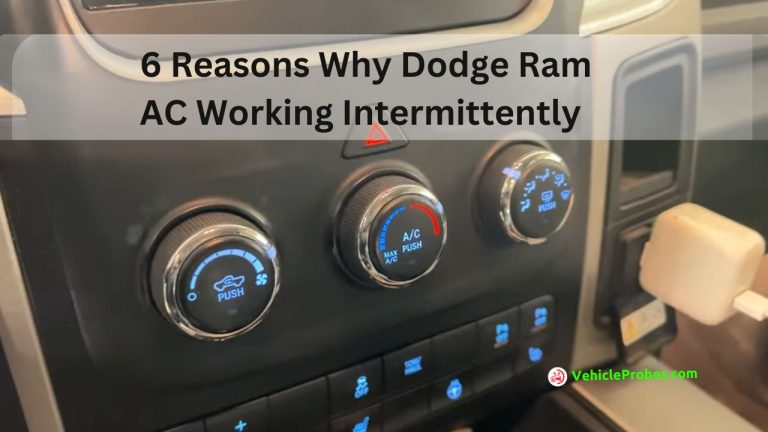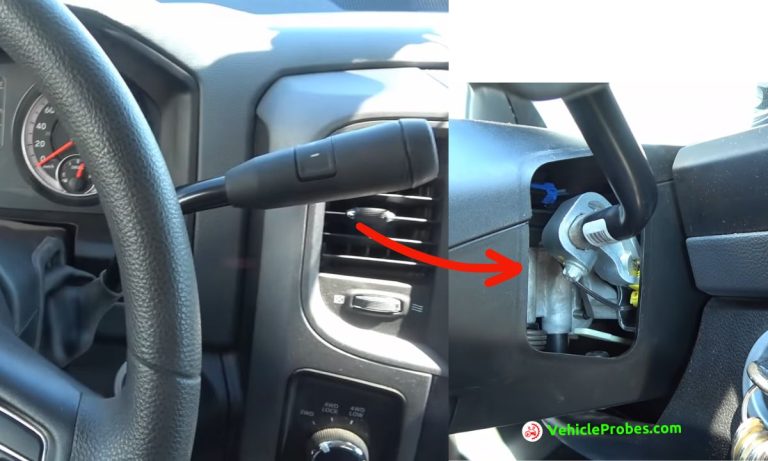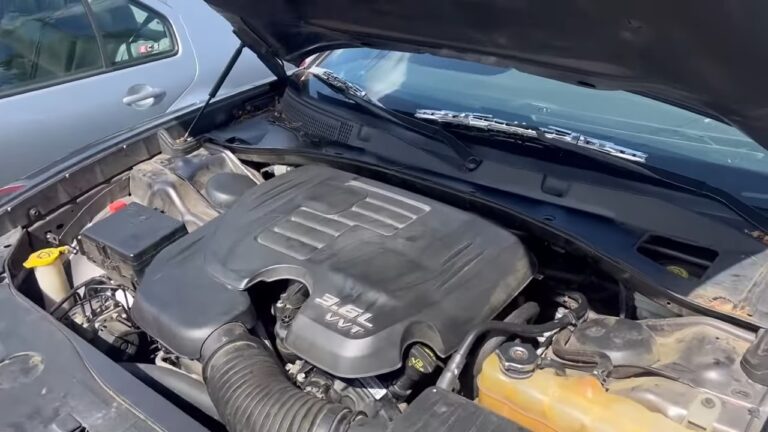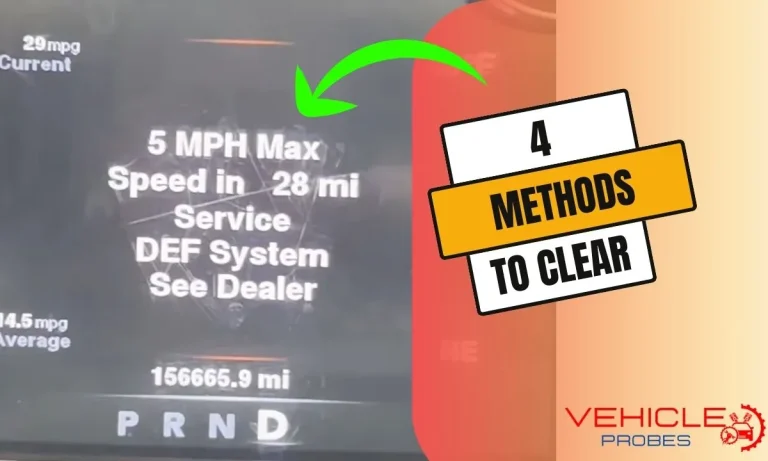Can a Bad Hydroboost Affect Steering – Yes Or No
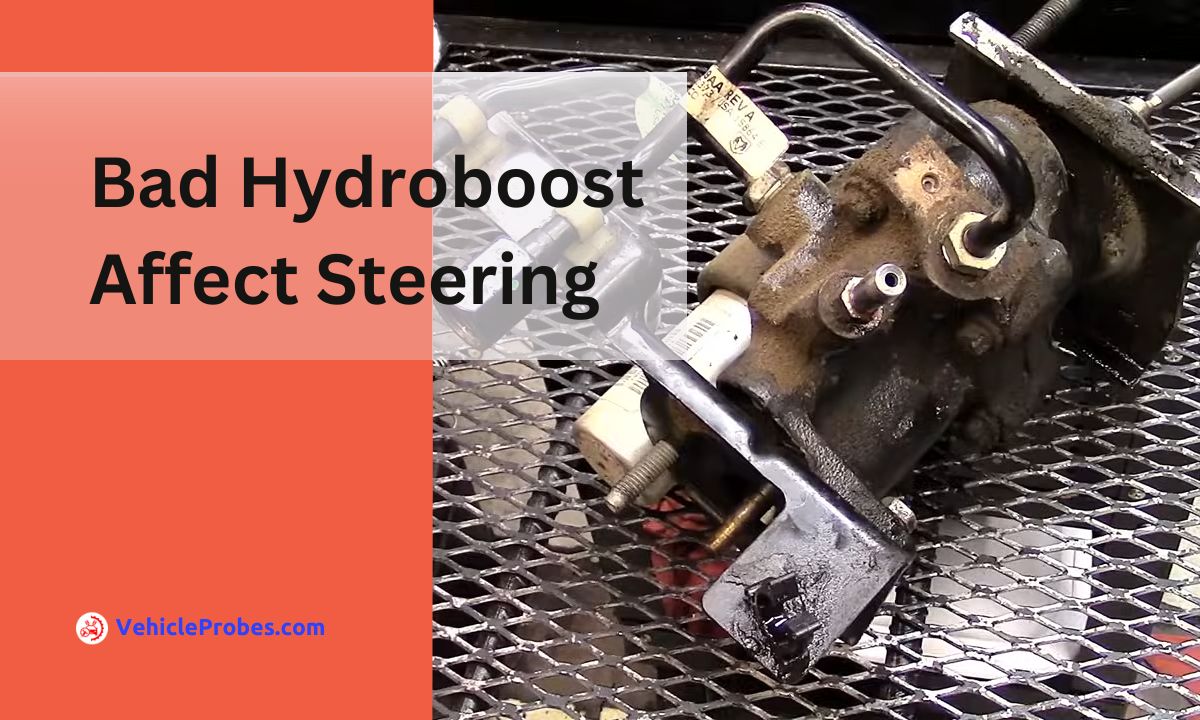
You probably don’t know much about the hydro-boost system except that it has something to do with the brakes. You are met by surprise when you have a bad hydroboost but it also starts affecting the power steering along with the brakes. Are you confused if the bad hydro-boost is actually behind your stiff power steering?
The hydro-boost is an essential component in the complex coordination of a vehicle’s steering and braking systems. Can the entire steering experience be affected by a hydro boost that goes bad? Let’s discuss the relationship between a problematic hydro-boost and how it could affect the accuracy and control of the steering in your car.
How does Hydroboost Work?
Bendix launched the hydro-boost power support in 1973. This was used as a substitute for the standard vacuum booster. The hydro-boost helps the car operator in applying brakes by utilizing the hydraulic pressure from the power steering system. The steering gear and hydroboost are plumbed in sync and receive high-pressure oil from the power steering pump. In the manufacture of a hydro-boost, the main parts consist of the spool valve assembly, housing, output rod, input rod assembly, lever assembly, power chamber, and power piston.
- The Hydro-boost Housing: The hydro-boost housing has a perfectly machined hole into which the spool valve fits. This allows the formation of a seal that lets only some oil flow through the hole for enough lubrication.
- Input Rod: The role of the input rod is observed when the brakes are pressed. It pushes towards the power piston helping the traveler limiter valve assembly integrate into the power piston. This further creates movement in some components which in turn causes the spool valve to move.
- Output Rod: The function of the output rod is seen in between the pressing of the brake by the driver and the car’s stopping by this braking system The output rod helps translate the power piston’s forward movement so that brakes are applied. This power piston is connected between the power and the output rod.
- Spool Valve: The spool valve fixed into the housing is the main character of the hydro-boost’s play. When the brakes aren’t applied, the spool valve lets the high-pressure oil, coming from the power steering pump, go to the steering gear.
Consequently, when the brakes are applied, the spool valve moves forward. This leads to high-pressure fluid movement towards the power chamber as well as the steering gear. It is mainly the movement of high-pressure fluid within the power chamber that allows the power piston to advance, permitting the application of brakes via the output rod.
What are the Symptoms of a Bad Hydroboost?
Having a bad hydro-boost can be a nuisance. If the hydro boost is malfunctioning, it can lead to trouble when applying brakes which is dangerous. If you notice brakes that are too loose or too stiff, it is an indication of faulty brakes.
Can a Bad Hydroboost Affect Steering? (A deep dive)
The hydro-boost power steering problems are rarely heard of but a bad hydro-boost can affect the steering as it negatively impacts the coordination between the power steering system and the brakes. This happens if they share the hydraulic fluid which is the main source of generating the hydro-boost pressure. Let’s have a look at the ways that a bad hydroboost affect steering.
- Hard Steering: When the hydro-boost is bad, and the steering system is interlinked with it, with decreased pressure generation, the steering wheel becomes hard. It will be tough for you to turn the steering sideways and even more hard when the brake pedal is also stiff. You will need to put in increased effort to turn the steering wheel which is a a dangerous and tiring process overall.
- Noisy Operation: When the steering wheel is turned or the brakes are applied during a bad hydroboost, annoying whiny noises can be heard. This can be an uncomfortable situation and irritating when driving.
Eventhough the steering wheel is occasionally affected by a bad hydro-boost, it doesn’t have any direct link to the hydro-boost system. Generally speaking, there is no direct and significant effect of a bad hydro-boost on the steering wheel except when the fluid pressure drops and the steering wheel has trouble turning.
What causes a Hydroboost to Fail?
A hydro-boost, like any other machinery, is breakable. It is a complex system made up of different components, and damage to even one of them can cause the hydro boost to fail. Fluid leak and the loss of hydraulic pressure is the main reason a hydro-boost fails.
Why does a Fluid Leak Occur?
A fluid leak decreases the hydraulic pressure and causes the hydro-boost to fail. Let’s discuss the possible issues behind this.
Broken Hose:
The hydraulic fluid travels through the fluid hose and a broken hose can cause the fluid to leak. This decreases the hydraulic pressure, making the hydro-boost fail.
Broken Power Steering Pump:
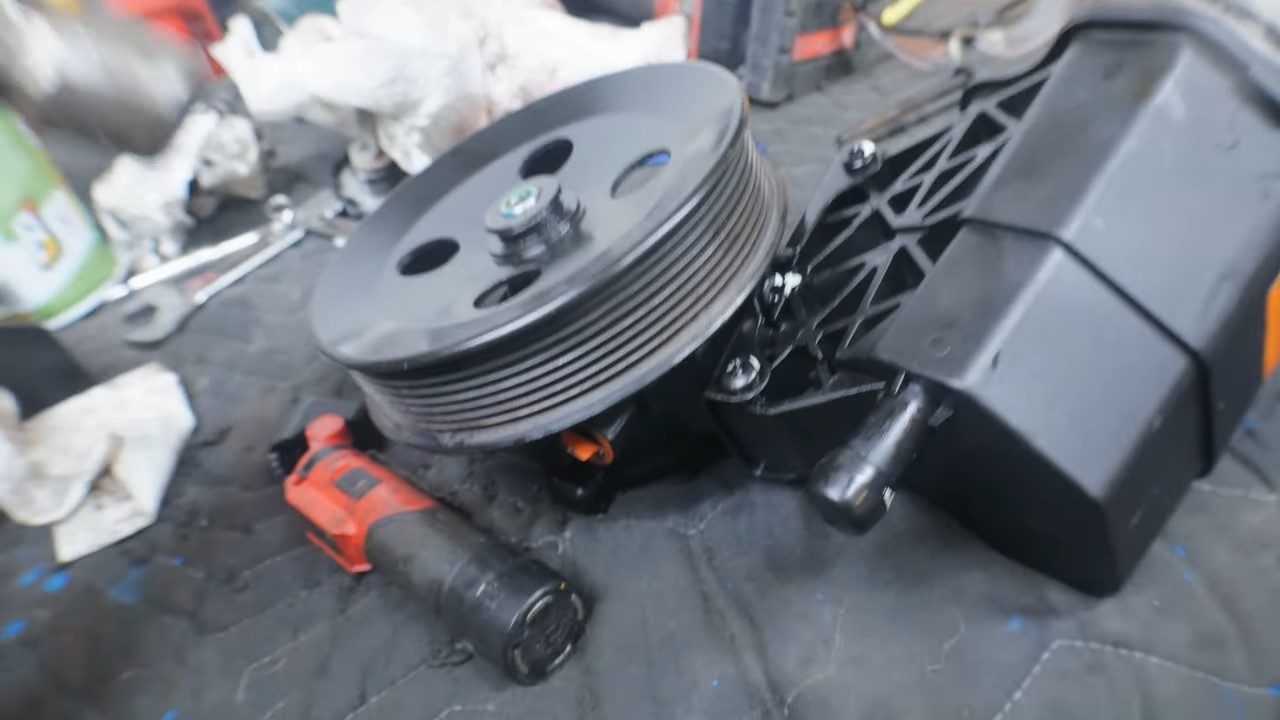
When the power steering pump is damaged or broken, it causes the hydraulic pressure to lower as the fluid. This happens because either the fluid leaks through the pump or the pump has become inefficient leading to decreased fluid pressure.
Leaking Master Cylinder
When there is a leak in the master cylinder, it affects the hydro-boost system as well since there is a fluid leak. The hydro-boost power steering problems and the braking problems both can occur when the fluid leaks through the master cylinder.
How to Diagnose and Repair a Bad Hydroboost?
For optimal performance, the hydro boost needs a continuous supply of compressed power steering fluid of high pressure. The hydro-boost’s performance will be affected by issues within the power steering system. The hydro-boost needs to be diagnosed so that the issue within it is detected and then repaired accordingly so that it continues to work efficiently.
Diagnoses
It takes a combination of operational knowledge and analytical diagnostic procedures to effectively diagnose a hydro-boost power assist system. Let’s have a look at ways that a bad hydroboost can be diagnosed.
- Diagnoses through Noise: To start with the noise diagnoses, try to hear when and from where the noise is coming from. If you hear it while pressing the brake with a force of 20-25 lbs or releasing it in a jiffy means that there is something wrong in the hydro boost system. Moreover, if the brake is idle and the bothersome noises are still heard, it is also a sign of a bad hydro-boost. In contrast, if the noise is heard at a braking force of 40 lbs and above, then this hiss or clattering sound is normal and doesn’t require attention.
- Diagnoses through Pedal Return: To check the pedal return distance, first, the pump should be set at a rapid idle. Next, apply about 10 pounds of power when pulling the brake pedal backward, then release it. Determine how far the brake traveled from the floorboard. Consequently, put a 100-pound braking force. Step off the brake pedal and calculate how far it is from the floor. The brake pedal ought to revert to its initial setting. In case the pedal doesn’t reach its initial place, there is an issue with the hydro-boost.
- Diagnoses through Hydro-boost Leak: To check leaks in the hydro-boost system, apply pressure of about 100 lbs on the brake and hold it for a maximum of 5 seconds, then let it go. Check if the fluid is seen escaping the hose fitting or any other hydro-boost component indicating a leak. The leak means that the hydro-boost is damaged and requires repair.
Repair
The repair of the hydro-boost system mostly requires the damaged component to be replaced or the entire system to be replaced. The replacement can easily be carried but the same is not the case with the bleeding procedure. It is often assumed that the hydro-boost systems are self-bleeding, however, sometimes the situation is different and you might have to do it manually.
- Type 1 of Bleeding Technique: First, start by replacing all the pipelines in the hydro-boost system that are leaky or faulty. If the seals are loosely fit, replace them with the right-sized ones and tighten them up nicely and securely. Next, replace the power steering fluid with new uncontaminated fluid to the required level.
To check if the fluid is successfully rotating through the hydro boost system, crank up the engine, and turn the steering wheel from side to side while the car is idle. Turn off the engine to check the fluid’s health. It should be clear. If it is observed in a foam form, give it time for about an hour and examine it again in the same manner till it is clear and at the required level.
- Type 2 of Bleeding Technique: The first step in clearing the hydroboost system of air is to disconnect the return line and the plug end. After that, attach a clear hose to the return port while allowing the hose to fall into a 1-gallon bucket. Use the appropriate fluid to fill the reservoir of the power steering pump.
Subsequently, apply and release the brake pedal for five to ten seconds while turning off the engine, blocking the wheels, and cranking. Once there is no more air appearing in the return line, you can stop refilling the return line.
Now, you can move the hose from the return port to the return line. Get the engine started and move the hydraulic power steering from side to side to check the fluid’s form and level. Do the same as in the type 1 of the bleeding technique, let the fluid sit for some time if it is foamy, and inspect again till the air problem is solved and the fluid level is accurate.
Conclusion
Recognizing the hydro-boost system and its importance we conclude that yes a bad hydro-boost can affect the power steering system negatively. It can make the power steering stiff and hard to turn along with making brakes either extremely hard or spongy to a dangerous level. Weird noises, fluid leaks, and warning lights can help diagnose a faulty hydro-boost. The only way to fix this is to replace the bothersome components or the entire hydro-boost system.


